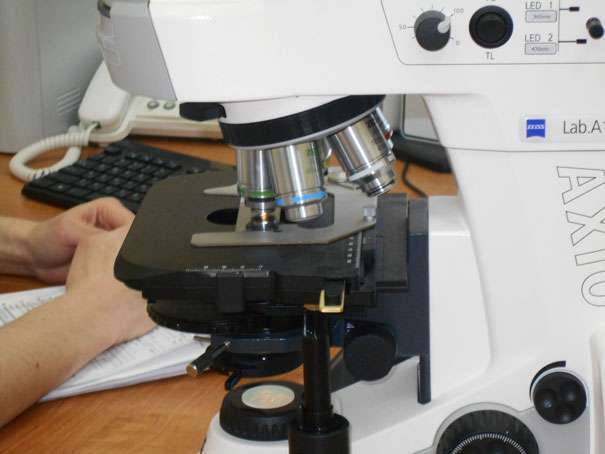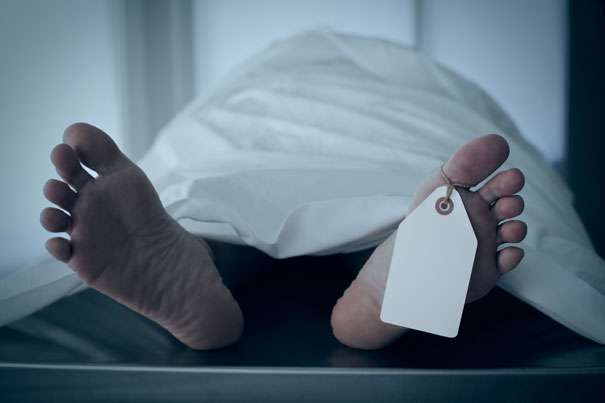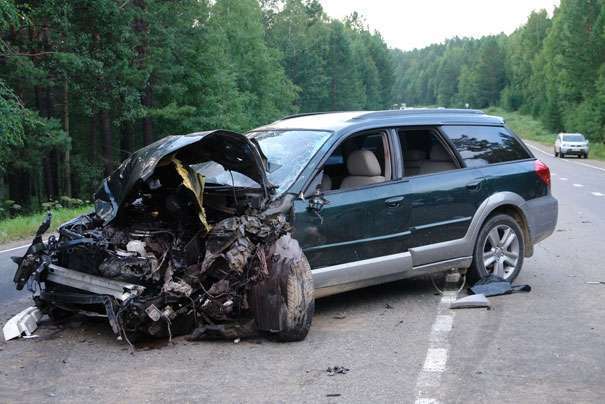Such a procedural action as a forensic medical examination consists of carrying out certain medical and biological studies necessary for the investigation of civil and criminal cases, and requires special medical knowledge. This procedure is carried out in accordance with the appointment of the judicial and investigative authorities to establish the circumstances requiring evidence in a particular case. In each individual case, the decision is made by the investigator, court or prosecutor.
When is a medical examination needed?
Mandatory court medical examination by law is provided in the following cases:
- Establishing the causes of death, features of bodily injuries.
- Doubts about the sanity of the accused.
- Determining the mental and physical health of the victim or witness in case of doubt about the correctness of their perception of circumstances that are especially significant for the case, and giving correct testimony. These factors and their influence on the investigation are studied by criminal psychology.
- Establishing the age of the victim, suspect, accused in the absence of the necessary documents and information about him.
The obligatory presence of a forensic expert or other doctor is necessary during an external examination of the corpse when it is removed from the burial place or at the place of discovery. A medical expert is involved in examining the scene, objects, terrain, premises in order to identify traces of crimes. This specialist participates in the examination of the accused, witness, suspect, victim; in obtaining samples for research; in an investigative experiment.
Types of forensic examination and how it is carried out
Only a specialist-expert knows how a forensic medical examination takes place. This procedure is carried out in specialized institutions – outpatient clinics, hospitals, clinics, premises of the investigating authorities and the court. The medical examiner must have the appropriate education and certificate. He can be an employee of both a public and a private institution engaged in forensic activities. The expert bears criminal responsibility for the results of the study. If necessary, various types of forensic medical examination can be assigned, each of which pursues certain goals.
These include:
- Forensic examination of living persons is a study aimed at determining the presence, mechanism, nature, duration of injuries and the severity of harm to human health.
- Forensic examination of a corpse – a study whose task is to establish the cause and time of death; identification of the presence of damage, their nature, mechanism, age of occurrence; determination of the severity of harm to the health of the victim; establishing a causal relationship between these injuries and harm to health.
- Chemical and toxicological examination involves the study of human organs and fluids for the presence of chemicals in them.
- Biological expertise, including medical genetic and cytological, is engaged in the study of human tissues and fluids to determine kinship, group affiliation, antigens and much more.
- Histological examination of small fragments of tissues and internal organs in order to determine pathological abnormalities at the microscopic level.
- Forensic examination of medical documents.
- Medico-forensic examination (trasological, situational, ballistic).
Deadlines for a forensic examination
The timing of the forensic medical examination depends on the nature and set of necessary studies, the complexity of the tasks. The countdown begins from the moment the necessary materials and documents are received from the investigating authorities, the court or the prosecutor’s office. Experts must notify the management of the organization and the initiators of the study about delaying the time for conducting examinations for any reason.
Forensic examination can be:
- Primary, when the study is carried out by one expert doctor (some complex and responsible cases are considered by a group of experts).
- Repeated, when the expert’s opinion does not give a clear picture, when new questions arise from the court or the investigation, under changed circumstances of the case, new data appear. It can be carried out by the same expert, or another specialist is appointed by a court order.
- Commission with the involvement of at least two experts of different specializations.
- Complex, which is a kind of commission examination. This study involves persons competent in different fields. They can examine physical evidence, living persons, documentation, animals, objects, corpses, samples for comparison, case materials.
Examination of a corpse (appointed in the case of a violent death of a person or the sudden death of a patient undergoing treatment) and physical evidence takes a lot of time. Carrying out analyzes, examinations, laboratory tests is a very long process, depending on the severity of bodily injuries and their nature. For example, the terms for conducting a forensic medical examination related to the victim in a criminal case and in case of an accident will be different.
Forensic examination in case of an accident
In case of an accident, a forensic medical examination is needed to determine both the level of severity of the harm caused and other factors:
- The presence in the body of toxic, narcotic, poisonous, medicinal and other drugs.
- Body position during the accident.
- The type of vehicle that caused the injury.
- The consequences of the accident (harm to health, death of a person) and their causes.
These factors, reflected by the expert in the conclusion, help to prove or disprove the guilt of the participant in the accident.
Experts distinguish several types of examinations carried out after car accidents:
- If the features of the accident are clear and do not raise questions and disputes among its participants, a sole forensic medical examination is carried out in case of an accident.
- The intricacy and complexity of the mechanism of an accident, its causes requires the involvement of commission experts, especially when the offender fled the scene of an accident.
- Integrated forensic experts will investigate situations where the services of specialists with a broad knowledge base are needed.
The primary examination must answer the questions indicated in the decision to conduct it. If there are not enough answers, additional expertise may be required. If there are doubts about the reliability of the results of the study or the competence of the expert, a re-examination is appointed.
Responsibilities of a Medical Examiner in an Accident Investigation
When a person died as a result of an accident, in addition to the list of general questions regarding the causes and time of death, the characteristics of injuries, the degree of alcohol intoxication, and others, the forensic expert must also solve the following tasks:
- Determine the presence of injuries sustained in a car accident.
- Establish the order of damage, their nature (impact, moving, crushing, falling out of the car, getting injured in the car).
- Record information about the part of the car that caused the blow.
- Determine the place and direction of the crossing, which wheels (rear or front) the collision was made.
- Establish (if any) the fact of dragging the victim and the direction of the car.
- Find out the place where the victim was sitting (on the driver’s or passenger seat), the nature of the damage corresponding to the location of the victim.
- Determine the position of the victim at the time of the accident.
- Identify the type of vehicle that caused the injury (truck, bus, car).
- Clarify the ability of a particular brand of vehicle to inflict specified damage.
- Carefully inspect the car and establish the possibility of causing existing injuries by this type of transport.
- Find out the state of health of the victim before the accident.
- To identify health problems and injuries in the victim, not related to the accident.
An important task of a forensic medical examination in an accident is to determine the speed of the object. An expert can determine the exact speed of a car by examining and analyzing some damage to the human body.
The conclusion of a forensic expert is the only document that has evidentiary value in court proceedings. The independent nature of the research makes it possible to objectively assess the damage caused to health and identify the causes of injuries.
The severity of the consequences of an accident is difficult to determine in the following cases:
- When the injury is subtle.
- When conducting an insufficiently complete study.
- In the absence of the necessary medical documents.
- When the victim refuses to be examined.
In such cases, new terms for a forensic medical examination are established to confirm damage to health.



